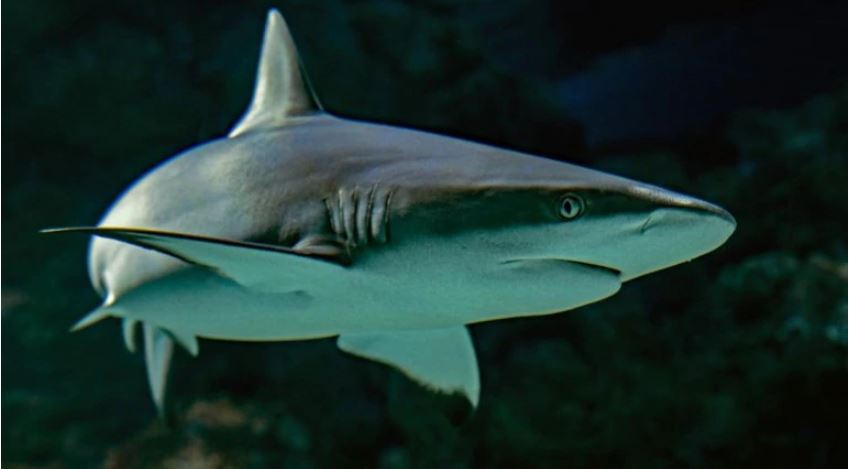 English
English

In the depths of the sea, certain shark species transform the oceans blue light into a bright green color

Washington D.C : In the depths of the sea, certain shark species transform the oceans blue light into a bright green color that only other their kind can see. Researchers have now identified what's responsible for the sharks' bright green hue.
"Studying biofluorescence in the ocean is like a constantly evolving mystery novel, with new clues being provided as we move the research forward. After we first reported that swell sharks were biofluorescent, my collaborators and I decided to dive deeper into this topic. We wanted to learn more about what their biofluorescence might mean to them," said, co-corresponding author of the study, David Gruber a marine biologist at The City University of New York.

Researchers focused on two species of sharks the swell shark and the chain catshark. They noticed that the sharks skin had two tones light and dark and extracted chemicals from the two skin types. What they found was a type of fluorescent molecule that was only present in the light skin.
"The exciting part of this study is the description of an entirely new form of marine biofluorescence from sharks one that is based on brominated tryptophan-kynurenine small-molecule metabolites," Gruber said in the study published in the journal of iScience.
These types of small-molecule metabolites are known to be fluorescent and activate pathways similar to those that, in other vertebrates, play a role in the central nervous system and immune system.But in the sharks the novel small-molecule fluorescent variants account for the biophysical and spectral properties of their lighter skin. This mechanism is different from animals in the upper ocean, such as jellyfish and corals, that commonly use green fluorescent proteins as mechanisms to transform blue light into other colors. "It's a completely different system for them to see each other that other animals cannot necessarily tap into.

They have a completely different view of the world that they're in because of these biofluorescent properties that their skin exhibits and that their eyes can detect. Imagine if I were bright green, but only you could see me as being bright green, but others could not," said, one of the researchers of the study, Jason Crawford.
The molecules also serve multiple other purposes, including helping the sharks identify each other in the and potentially provide protection against microbial infections. "It is also interesting that these biofluorescent molecules display antimicrobial properties.
While the study focused on two biofluorescent shark species, Gruber and Crawford hope to more broadly explore the bioluminescent and biofluorescentproperties of marine animals, which can ultimately lead to the development of new imaging techniques. (ANI)